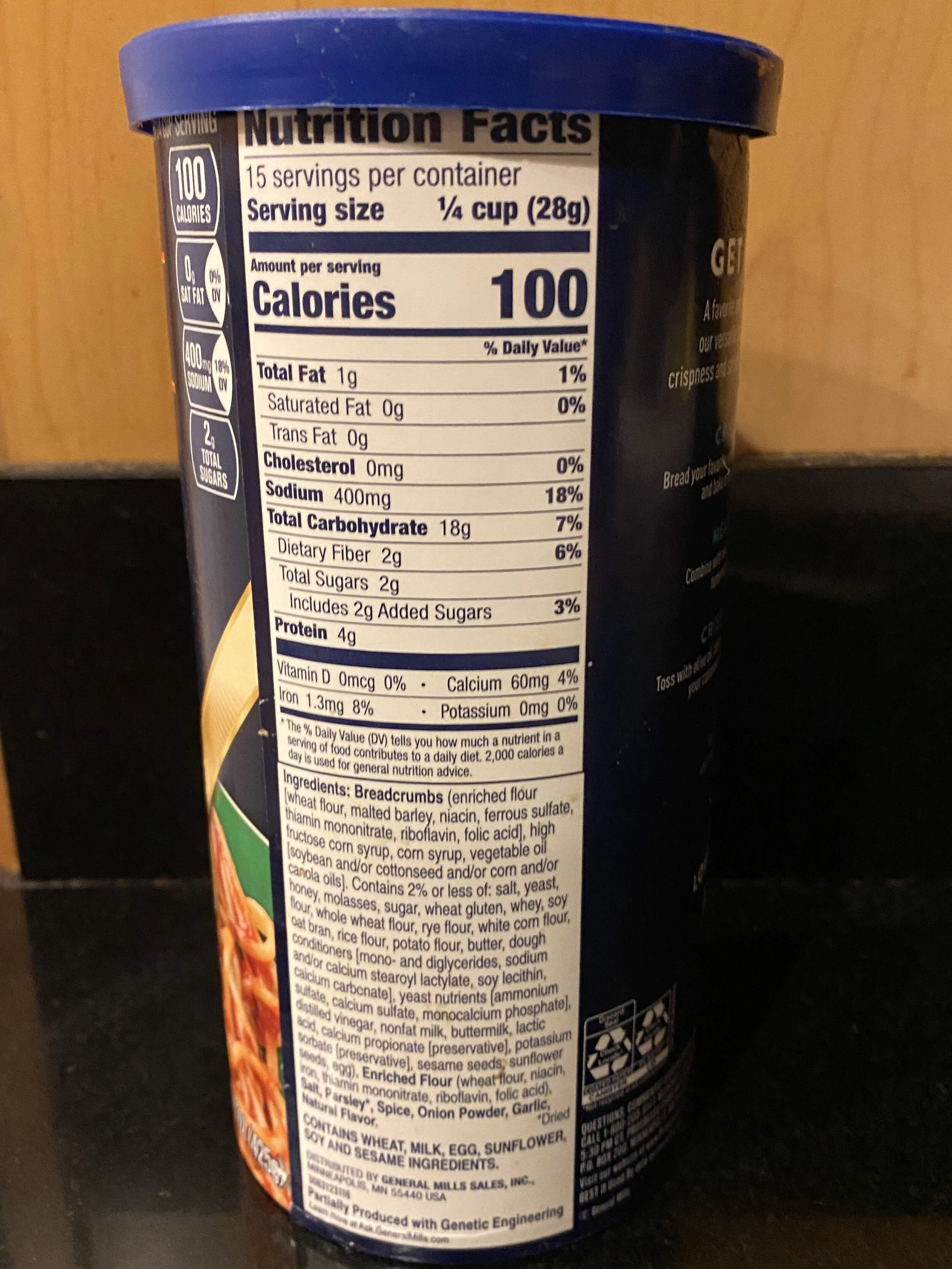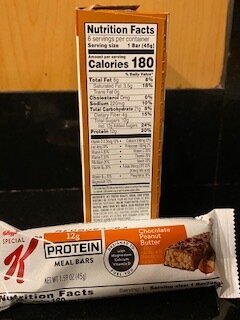Do you read food labels?
Do you read food labels? Learning how to understand and use the nutritional facts listed on a food label can assist you in selecting healthier meal choices and nutritionally-dense foods.
#1 Start with Serving Size :This information will provide the size of a single serving and how many servings are in the package.
#2 Look at the total calories: Pay attention to the calories per serving. If you eat the entire box, how many calories are you really consuming? You may have to double the calories if you eat the servings.
#3 Limit the amounts of added sugars , sodium, saturated fat and NO trans fat.
Added Sugars: Men should consume no more than 9 teaspoons (36 grams or 150 calories) of added sugar per day. For women, the number is lower: 6 teaspoons (25 grams or 100 calories) per day.
Sodium: It is recommend that Americans consume less than 2,300 milligrams (mg) of sodium per day as part of a healthy eating pattern. However, adults eat more sodium than they should—an average of more than 3,400 mg each day.
Saturated Fats: Healthy adults should limit their saturated fat intake to no more than 10% of total calories. For a person eating a 2000 calorie diet, this would be 22 grams of saturated fat or less per day.
#4 Make sure you get enough of the nutrients your body needs, such as: calcium, choline, dietary fiber, iron, magnesium, potassium, and vitamins A, C, D and E.
#5 What is the % Daily Value (DV): It is the percentage of each nutrient in a single serving, in regards to the daily recommended amount. Therefore, if you want to consume less of a nutrient like saturated fat or sodium, you can choose foods with a lower % DV (5 percent or less). If you want to eat more of a nutrient, like fiber, then you can pick foods with a higher % DV (20 percent or more).
Remember the information shown in the label is based on a diet of 2,000 calories a day.
When the Nutrition Facts label says a food contains “0 g” of trans fat, but includes “partially hydrogenated oil” in the ingredient list, it means the food contains some trans fat, but less than 0.5 grams per serving. So, if you eat more than one serving, you could end up eating too much trans fat.
The U.S. Food and Drug Administration (FDA) regulates the Nutrition Facts label seen on packaged foods and drinks. In 2016, the FDA made changes to the label to make it easier to see total calories and amount of added sugars are in a product, as well as, to make the serving sizes more realistic.
Foods with NO labels




